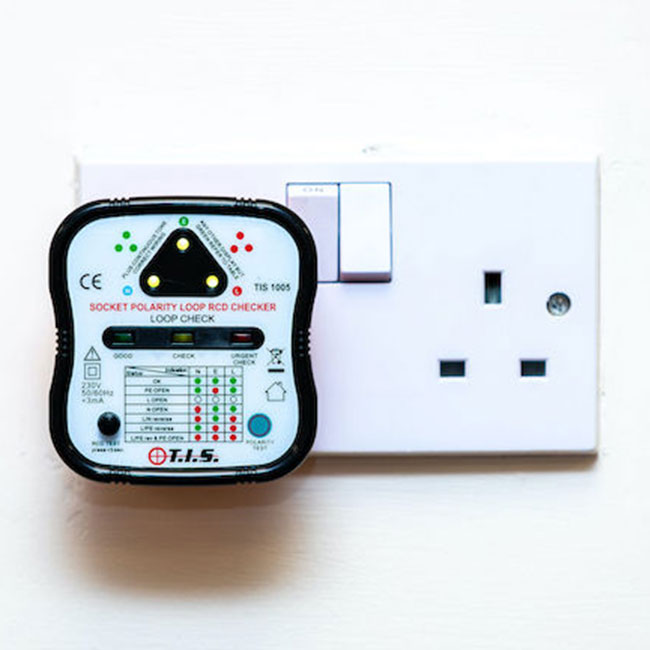An RCD (residual current device) is effectively a safety device which disconnects a circuit in the event that a fault is found which could be dangerous. The principle behind the RCD is based on the Line conductor and the Neutral conductor. The RCD continuously monitors the balance between these two conductors, and if the current is lost, this means that it is going somewhere else, which must be to Earth, because there is a fault somewhere in the installation. In this event, the RCD breaks the circuit to protect the user from any electrical shock, or from the possibility of starting a fire, and therefore offers a level of personal protection that fuses and circuit breakers don’t.
RCDs can be a life-saving device, and are most useful where accidents occur, such as if you cut through a wire on a lawnmower or hedge-trimmer, or if an electrical item overheats and causes electrical current to flow to earth. RCDs are also common in bathrooms, where obvious hazards exist. However, it is essential that your RCDs are reliable and therefore you need to test them regularly.
How do RCDs work?
An RCD is used to protect circuits, and as such, it constantly monitors the current flowing through these circuits. If the RCD detects current flowing through an unintended path, ie. to earth or through a person who has touched a live part and formed an unintended circuit, the RCD will switch off the circuit immediately, thus reducing the risk of injury, which could potentially be fatal. However, for obvious reasons, you need to test your RCDs to ensure this detection will take place when it is needed.
There are three main types of RCD commonly used:
You will usually find these in the consumer unit or fuse box. These provide the highest level of protection because they protect individual or groups of circuits, and hence protect all the wiring, all the sockets and also any appliances that are connected.
Here an RCD is built into a special socket outlet, and is used instead of a standard socket outlet. In this case, only the person in contact with the faulty equipment and what is plugged into the socket is protected.
These are RCDs which can be plugged into a standard socket outlet and hence can be easily swapped between sockets in a home or at work. In this case, again, the only person protected is the one in contact with the equipment that is plugged into the socket.
Testing RCDs
Although RCDs can significantly reduce the safety risks in a domestic, commercial or industrial environment, they are an additional safety device and don’t replace the need to have wiring, installations and appliances properly tested and inspected. Also, the three types of RCD listed above all require regular inspection and testing themselves. This is the best way to ensure RCDs are reliable and provide suitable protection for yourself and all relevant parties.
To test an RCD there are three basic steps:
- The installation needs to be fully energised
- Connect the test leads on the Line, Neutral and Earth terminals anywhere on the installation/socket but after the RCD.
- Testing should be done with 50% In, 100% In and 500% In on both the 0° and 180° settings. This could be done automatically or manually, depending on the type of test meter you are using.
You can speak to our sales experts at TIS about our RCD test meters and how they should be used on the specific types of RCDs you have. Our multifunction tester, the MFT-Pro can test RCDs to give fast and reliable results on a large LCD screen, so get in touch today and learn how TIS can improve your electrical safety testing.